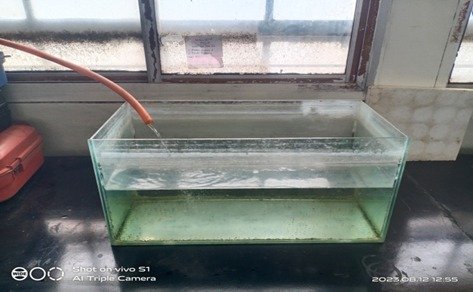Importance of Infusoria as Live Feed for Fish Larvae and its Cultivation Techniques
Keywords:
Infusoria, Live feed, Fish food organisms.Abstract
Aquaculture has been hampered, for instance, by a shortage of live feeds that are appropriate for feeding fish at different stages of larval development. The first feeding stage is the most crucial time in the lives of cultivable aquatic animals, it is extremely necessary to offer the right feed that they require for proper sustenance for improved growth and survival. As a result, live food organisms are also referred to as "living capsules of nutrition" for fish and prawn larvae. One of the essential elements for the efficient operation of aqua-hatcheries, which specialize in prawns and shrimp, is live feed. Both intensive and small-scale aqua-hatchery operations benefit from the availability of high-quality and plentiful live feeds. The production of Artemia cultures rely on imported cysts, the pure strains have become the main area of concern. As a result, several alternative live feeds are available, including those from ciliates (infusoria). Infusoria are the only protozoans large enough to be seen with the unaided eye are the largest ones. Small aquatic organisms like ciliates, euglenoids, protozoa, unicellular algae, and invertebrates are together referred to as infusoria.. Infusoria is a simple and beneficial cultural practice that can boost fish output in the aquaculture sector. It is used as a larval feed for both marine and freshwater finfish larvae. Infusoria culture can be used for small-scale hatcheries and larval culture because it doesn't call for elaborate structures. Live food benefits fish larvae because it is available in a live state in the facilities used for fish rising. When necessary, larvae ingest food to suit their nutritional demands.
Downloads

Published
How to Cite
Issue
Section
Copyright (c) 2023 Authors

This work is licensed under a Creative Commons Attribution-NonCommercial 4.0 International License.




